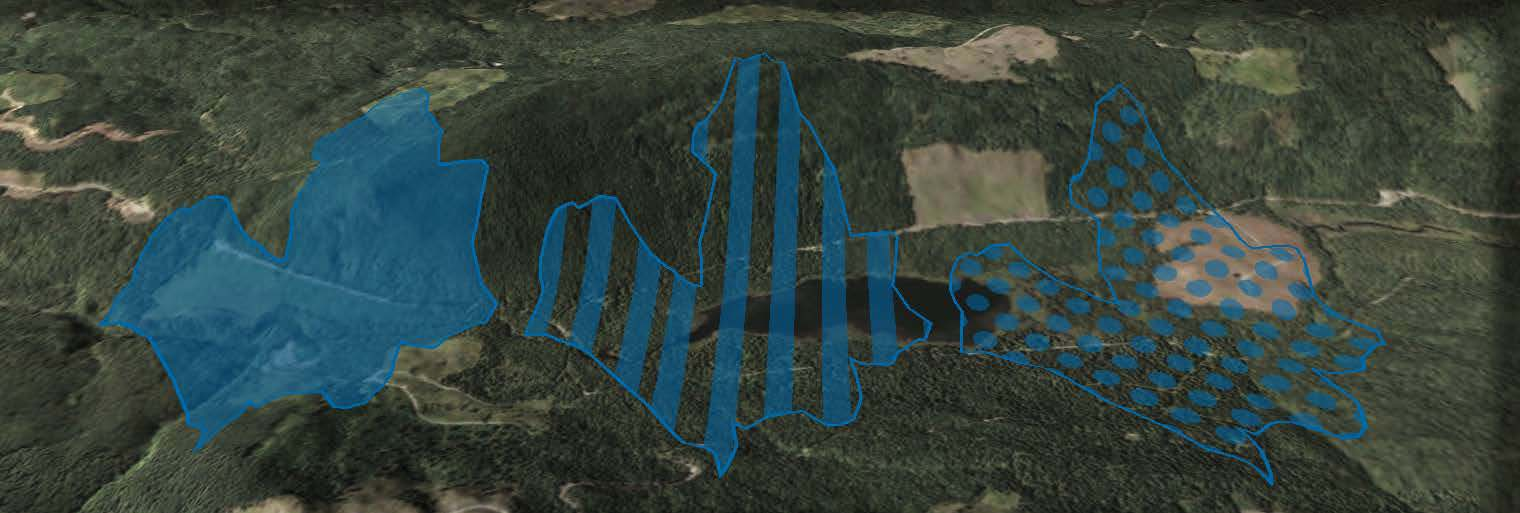A Study of Opacity Ranges for Transparent Overlays in 3D Landscapes
Jan Niklas Hombeck, LI JI, Kai Lawonn, Charles Perin
External link (DOI)
View presentation:2020-10-28T14:30:00ZGMT-0600Change your timezone on the schedule page
2020-10-28T14:30:00Z

Fast forward
Direct link to video on YouTube: https://youtu.be/2je2g8Bp5PU
Keywords
Overlays, Opacity, Visualization
Abstract
When visualizing data in a realistically rendered 3D virtual environment, it is often important to represent not only the 3D scene but also overlaid information about additional, abstract data. These overlays must be usefully visible, i.e. be readable enough to convey the information they represent, but remain unobtrusive to avoid cluttering the view. We take a step toward establishing guidelines for designing such overlays by studying the relationship between three different patterns (filled, striped and dotted patterns), two pattern densities, the presence or not of a solid outline, two types of background (blank and with trees), and the opacity of the overlay. For each combination of factors, participants set the faintest and the strongest acceptable opacity values. Results from this first study suggest that i) ranges of acceptable opacities are around 20-70%, that ii) ranges can be extended by 5% by using an outline, and that iii) ranges shift based on features like pattern and density.